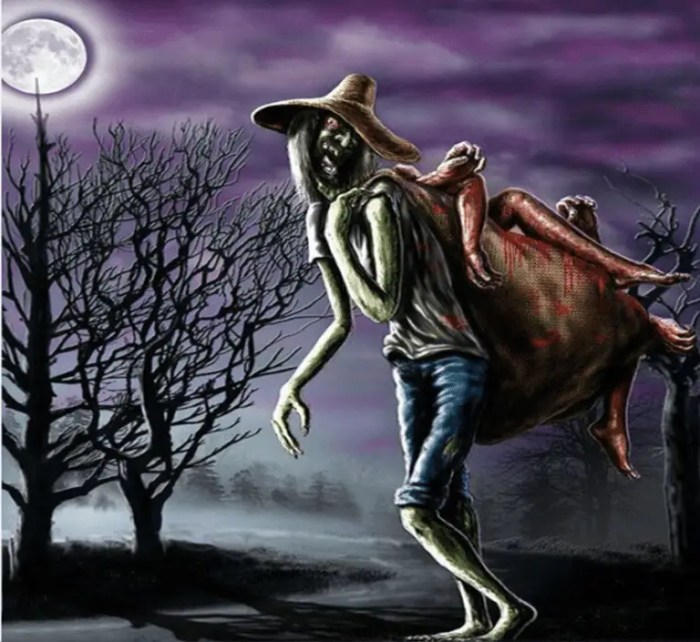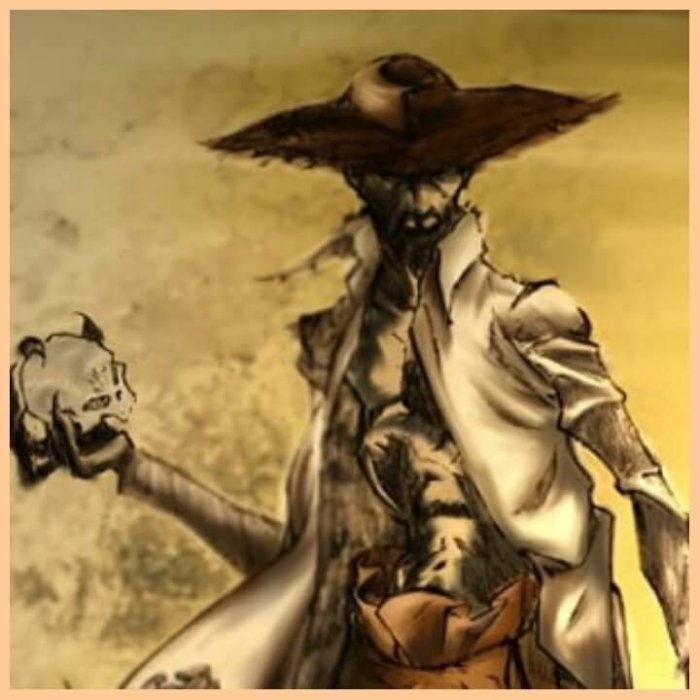Cual es la historia del silbon – ¿Cuál es la historia del Silbón? Esta pregunta nos adentra en el fascinante mundo del folclore venezolano, donde un silbido inquietante se convierte en el eco de temores y leyendas.
La leyenda del Silbón, un espíritu silbante que deambula por las noches, ha cautivado la imaginación de generaciones, dejando una huella indeleble en la cultura venezolana.
The Legend of Silbón
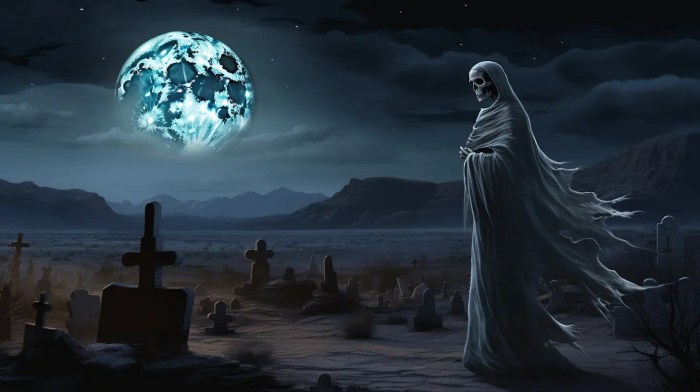
The legend of Silbón is a popular Venezuelan folktale that has been passed down through generations. The story tells of a young man who was cursed to wander the plains of Venezuela as a whistling specter, forever searching for his lost love.
The legend has been adapted into various forms, including literature, film, and music, and has become a significant part of Venezuelan folklore.
Origins of the Legend
The origins of the Silbón legend are unclear, but it is believed to have originated among the indigenous peoples of Venezuela. The legend may have been inspired by the whistling sounds made by the wind as it blows through the trees, or by the cries of animals such as owls or monkeys.
The legend may also have been influenced by European folktales about whistling ghosts or spirits.
Physical Characteristics and Abilities
Silbón is typically depicted as a tall, thin man with long, flowing hair and a wide-brimmed hat. He is often said to be dressed in white clothing and to carry a machete or a bone. Silbón is said to have the ability to whistle with incredible volume and power, and his whistle is said to be able to paralyze his victims with fear.
If you’re interested in the legend of El Silbón, a malevolent whistling spirit from Venezuelan folklore, you might also appreciate the haunting lyrics of “Shadows and Tall Trees.” The song’s imagery of desolate forests and ominous shadows evokes the same eerie atmosphere as the tale of El Silbón, leaving listeners with a sense of unease and curiosity about the unknown.
He is also said to be able to move with great speed and to disappear into thin air.
Versions of the Story
There are many different versions of the Silbón story, but the most common version tells of a young man named Juan who was cursed to become Silbón after killing his father. In some versions of the story, Juan is said to have killed his father in a fit of rage, while in other versions, he is said to have killed his father accidentally.
After killing his father, Juan is said to have been cursed by a witch or a shaman to wander the plains of Venezuela as a whistling specter, forever searching for his lost love.The legend of Silbón has been used to explain a variety of phenomena, such as whistling sounds in the wind, strange noises in the night, and missing people.
The legend has also been used to warn people against committing crimes, especially against their parents.
The Whistling Man: Cual Es La Historia Del Silbon
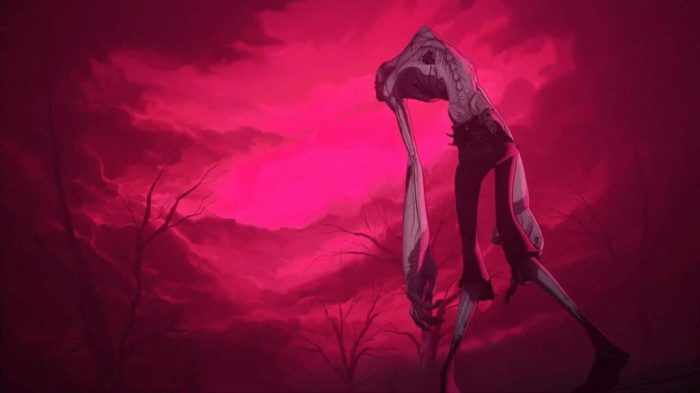
The whistling sound is an integral part of the Silbón legend, playing a crucial role in creating fear and suspense. It serves as a haunting reminder of Silbón’s presence and his relentless pursuit of his victims.
Interpretations of the Whistling Sound
The whistling sound has been interpreted in various ways, each adding to the eerie atmosphere of the legend.
- The Call of the Dead:The whistling is believed to represent the cries of the souls that Silbón has killed, echoing through the forest as a warning to others.
- The Lure of Evil:The whistling is seen as a siren’s call, luring unsuspecting victims to their doom. Its sweet melody enchants and disorients, leading them deeper into Silbón’s clutches.
- The Voice of the Forest:The whistling is interpreted as the voice of the forest itself, a warning to those who dare to venture into its depths. It represents the untamed and unforgiving nature that surrounds Silbón.
Creating Fear and Suspense
The whistling sound is used masterfully to create a sense of fear and suspense in the story.
- Heightening Tension:The intermittent whistling sound keeps the reader on edge, constantly anticipating Silbón’s appearance. It builds tension and creates a palpable sense of unease.
- Disorientation and Confusion:The whistling can disorient victims, causing them to lose their way and become more vulnerable. It adds an element of confusion and uncertainty, making their escape even more difficult.
- Amplifying the Horror:The whistling sound amplifies the horror of the legend. It becomes a constant reminder of Silbón’s presence, haunting the victims and instilling a deep-seated fear within them.
Symbolism and Meaning
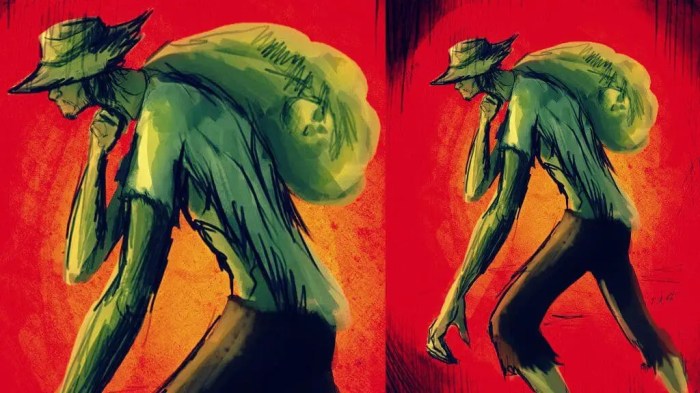
Silbón embodies several profound symbolic meanings that resonate with Venezuelan society.
As a spectral figure, Silbón represents the haunting presence of past wrongdoings and the consequences of unchecked violence. His haunting whistle serves as a chilling reminder of the terrors that lurk in the shadows of society, symbolizing the fears and anxieties that plague the Venezuelan psyche.
Social and Cultural Implications
The Silbón legend reflects the deep-seated fears and anxieties that have shaped Venezuelan society, particularly in rural areas.
- Violence and Impunity:Silbón’s origins as a victim of brutal violence speak to the prevalence of violence and the sense of impunity that often surrounds it in Venezuela.
- Social Injustice:The legend highlights the social injustices that have marginalized and victimized certain groups within Venezuelan society.
- Cultural Superstitions:Silbón embodies the cultural superstitions and beliefs that have permeated Venezuelan folklore for generations.
Cultural Impact
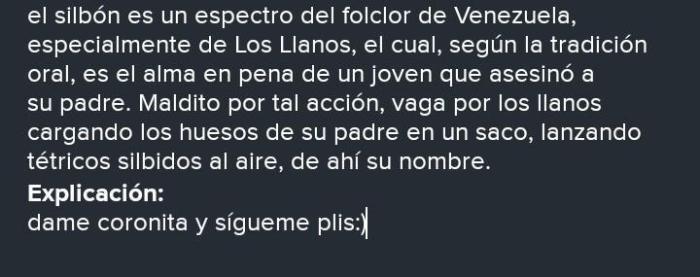
The legend of Silbón has had a profound cultural impact on Venezuelan society, influencing literature, art, and music.
In literature, Silbón has been featured in numerous short stories, novels, and poems. Venezuelan author Rómulo Gallegos, considered one of the greatest Spanish-language writers of the 20th century, included Silbón in his novel Doña Bárbara.
Art and Music
In art, Silbón has been depicted in paintings, sculptures, and murals. His image has also been used in popular culture, such as in the Venezuelan comic book series El Silbónand the horror film El Silbón: Orígenes.
In music, Silbón has inspired numerous songs, including “El Silbón” by Simón Díaz and “Leyenda del Silbón” by Un Solo Pueblo.
Enduring Legacy, Cual es la historia del silbon
The legend of Silbón continues to endure in Venezuelan society today. He is often used as a cautionary tale to warn children about the dangers of misbehaving or disobeying their parents. The legend also serves as a reminder of the importance of respecting nature and the environment.
FAQ Compilation
¿Quién es el Silbón?
El Silbón es un espíritu silbante del folclore venezolano, conocido por su silbido penetrante y su apariencia esquelética.
¿Cuál es el origen de la leyenda del Silbón?
Existen varias versiones de la leyenda, pero la más común cuenta la historia de un hombre joven que fue asesinado por su padre y condenado a vagar por la tierra como un espíritu silbante.
¿Qué simboliza el Silbón?
El Silbón representa los miedos y ansiedades de la sociedad venezolana, particularmente el miedo a la muerte y a lo desconocido.
